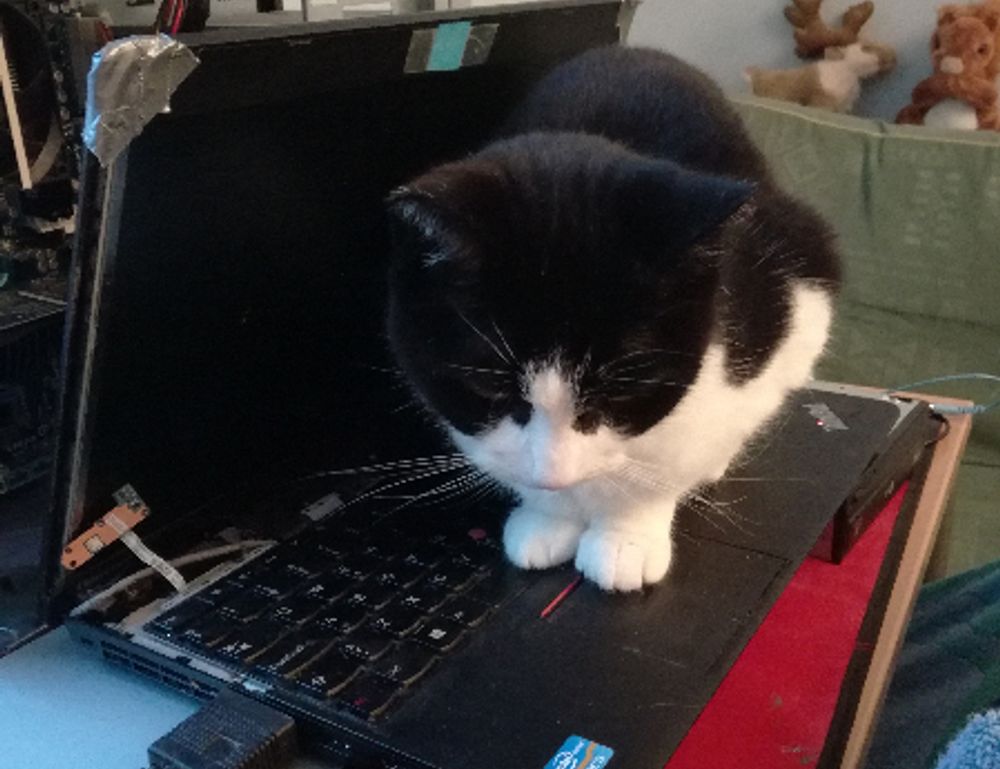
What Is 2282647681?
At first glance, 2282647681 seems meaningless. But identifiers like this often represent something deeper—think customer IDs, phone numbers, unique user tokens, or backend tracking tags. These aren’t just technical designations; they’re how systems recognize you, often without you realizing it.
You’ve probably interacted with this number through an app, a database log, or even via a thirdparty analytics platform. If that’s the case, it could explain why it keeps showing up—your data is either being reused across platforms or logged deeply in a persistent profile.
Why Are Numbers Like 2282647681 Increasingly Visible?
In the early days of the internet, identifiers were discreet. They sat quietly in code, invisible to users. Today, they’re often more visible in URLs, headers, even error messages. And because platforms are increasingly interconnected, identifiers like 2282647681 can get exposed more easily.
Here’s why they’re showing up more often:
Crossplatform tracking: Businesses need continuity across devices. Whether you’re on mobile or desktop, they want to tie every action back to a single user ID. Debugging trails: Developers leave identifiers like 2282647681 in logs or interfaces to help trace user issues. Thirdparty APIs: When companies integrate, a shared identifier may escape into view.
This isn’t necessarily malicious—it’s often just collateral from building digital products fast.
What Risks Come With Persistent Identifiers?
Let’s get real: if 2282647681 is connected to you, it could mean your activities are being tracked across services. That’s not always as creepy as it sounds, but it does come with implications.
Privacy erosion tops the list. If your digital ID flows through apps, partners, and analytics firms, you’re in a web longer than you realize. It’s not always personally identifying—but link enough data points, and the silhouette becomes clear.
Security exposure is another concern. If identifiers like 2282647681 are exposed in logs, URLs, or public databases, a bad actor could use them to poke at backend systems.
And there’s even data hygiene issues: abandoned IDs can clutter databases, cause user mismatch, or trigger errors if systems aren’t updated carefully.
How Can You Limit Exposure?
Let’s be straight—some of this is out of your hands. But you’ve got options:
- Regularly clear app cache and stored data.
- Use privacyfocused tools or browsers that limit crosstracking behavior.
- Request data records or deletion through services that offer GDPR/CCPA compliance.
- Watch out for URLs or messages with odd numeric strings, especially if they’re consistent.
Being vigilant won’t eliminate identifiers like 2282647681 entirely, but it can reduce where and how they persist.
When 2282647681 Becomes a Breadcrumb
Sometimes a number like this turns into a breadcrumb. Maybe you see it twice—across platforms, dates, or disconnected services. That’s when you start investigating. Is it yours? Is it spam? Or is it a misassigned token tagging something mistakenly?
People have found similarlooking identifiers in:
Customer support responses Autogenerated emails Analytics data exports Phone metadata logs
Each one tells a slightly different story. But all of them tie into the same root cause: systems trying to make sense of data by pinning it to something stable—like 2282647681.
Should You Be Concerned?
Short answer: not always. Long answer: it depends.
Seeing 2282647681 once? Probably part of a backend system pushing logs or generating unique user profiles. Seeing it consistently? Then it’s worth digging.
Look at whether you’ve:
Signed up for any beta platforms Installed lesserknown apps recently Granted permissions to services you’ve since forgotten
It doesn’t mean something shady is happening. It’s more often the byproduct of interconnected systems doing their job—but with less finesse than you’d hope for.
The Bottom Line
Digital identifiers like 2282647681 are sticky, persistent, and often designed to follow you across interactions. You’re a node in dozens—maybe hundreds—of systems. Each will want a number to represent you.
While it’s not inherently dangerous, it does call for awareness. The more you understand how these numbers move, the more control you have over your digital presence. So if you see 2282647681 again, don’t panic—but don’t ignore it either. It’s a signpost from the systems you interact with. Read it; learn from it; move smarter.



